It's mostly true, but it has little to do with the LT1006 specifically. Any op-amp with low input bias current and low voltage offset will be able to make a linear transimpedance amplifier over a fairly wide range of input currents.
And generally a photodiode will have a quite linear response as well, because each incident photon has a certain fixed probability of being absorbed and contributing a carrier pair to the photocurrent.
Obviously at very high signal levels, you could run into nonlinearity due to the op-amp saturating.
Note: Strictly we should be talking about an affine response rather than linear. There will be a small dark current term so that the response has the form:
$$I = {\mathcal R}P_i + I_D$$
where \$\mathcal R\$ is the photodiode responsivity, \$P_i\$ is the incident optical power, and \$I_D\$ is the dark current.
The dark current can be seen as the photodiode's response to the thermally generated background radiation produced by its surroundings.
The dark current can be a significant nonlinearity when measuring low input signal levels. However it is readily accounted for with a simple calibration procedure.
